
The White House has ordered U.S. military forces to focus almost exclusively on enforcing a "quarantine" of Venezuelan oil for at least the next two months, a U.S. official told Reuters, indicating Washington is currently more interested in using economic rather than military means to pressure Caracas.

We are well into the discussions advising shipbuilders and operators how the U.S. will create a renaissance of the maritime industry. Federal Legislation, Executive Orders, and new foreign partnerships driving the promise of commercial competitiveness with the leading global shipbuilders. Most of the shipbuilding rhetoric indicates the domestic markets will be left to survive on their own.

With all the Legislative fanfare, Executive Orders, Committee meetings, lobbying efforts and media announcements concerning American Shipbuilding, Naval Warfare and Maritime Dominance, it is no surprise that the result of the uproar is shear confusion within the maritime industrial base (MIB).
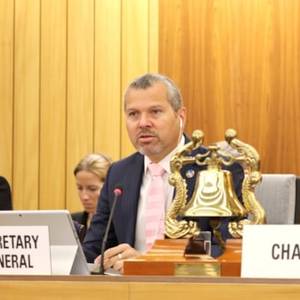
IMO Secretary-General Arsenio Dominguez has called for intensified diplomatic efforts following a renewed wave of attacks on merchant ships in the Red Sea.IMO Secretary-General Arsenio Dominguez has called for intensified diplomatic efforts following a renewed wave of attacks on merchant ships in the Red Sea.
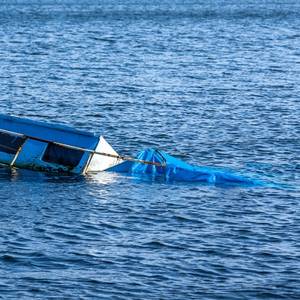
By the time Robbie Roberge spotted the fire consuming his boat's galley last August, he knew he had just minutes to evacuate his beloved Three Girls fishing vessel, named for his daughters.As the flames spread up the boat's walls, he helped his crew into safety suits, deployed a life raft and made a mayday call to alert nearby mariners and the U.S.
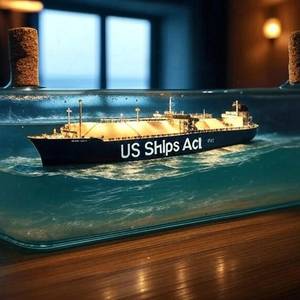
As a result of a major White House office wake-up call or Executive Order 14269 determining it is time to start building ships again, Washington DC announced America’s maritime industry has been “dangerously declining” and with that decline we have allowed China to become the dominant force in global shipbuilding.

With your first steps as a cadet onto the Maritime Academy campus, your first union dues payment or first line thrown ashore from the tug, you are lectured on the importance of the “Jones Act”. A constant reminder throughout a US Seafarer’s career of commitment, loyalty and support for the legislation.

A tanker carrying jet fuel for the U.S. military was hit by a container ship off northeast England on Monday, with the collision igniting a blaze on both vessels, causing multiple explosions and forcing both crews to abandon ship.The tanker, which can carry tens of thousands of tons of jet fuel, was at anchor when the smaller container ship struck it
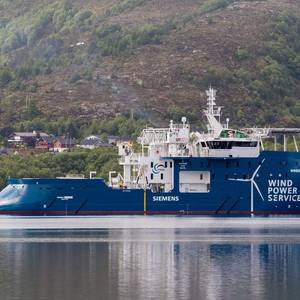
The offshore wind sector is bracing for transformative changes as it navigates shifting political landscapes and evolving market demands. To shed light on the current state of the industry, Maritime Reporter TV interviewed Phil Lewis, Director of Research at Intelatus, an international offshore energy markets expert
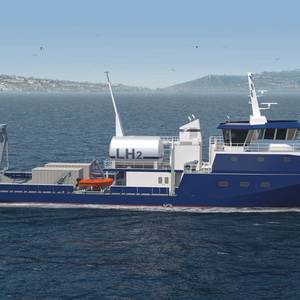
UC San Diego’s Scripps Institution of Oceanography issued a request for proposals (RFP) to select a shipyard for the final design and construction of its new 163-ft. Coastal Class Research Vessel (CCRV), reportedly the first oceanographic research ship to primarily operate on renewable fuels.
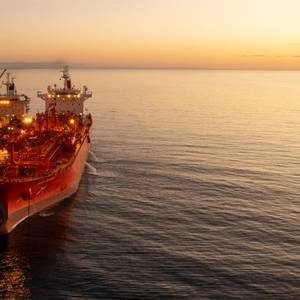
The shipping industry has been watching the dual-fuel engine choices made for newbuildings as an indicator of what many see as an uncertain fuel future.In December, DNV’s Alternative Fuels Insights platform counted 27 ammonia and 322 methanol-fueled vessels currently on the orderbooks.Methanol has raced ahead of ammonia, which currently lags in both engine and regulatory development.

Abu Dhabi's Al Seer Marine, a subsidiary of International Holding Company (IHC), has taken delivery of two new Medium Range (MR) tankers, M.T. Saiph and her sister ship from K Shipbuilding Korea.Each vessel is equipped with an Exhaust Gas Cleaning System (EGCS) and engineered to accommodate alternative fuels such as Liquefied Natural Gas (LNG), ammonia, and methanol.